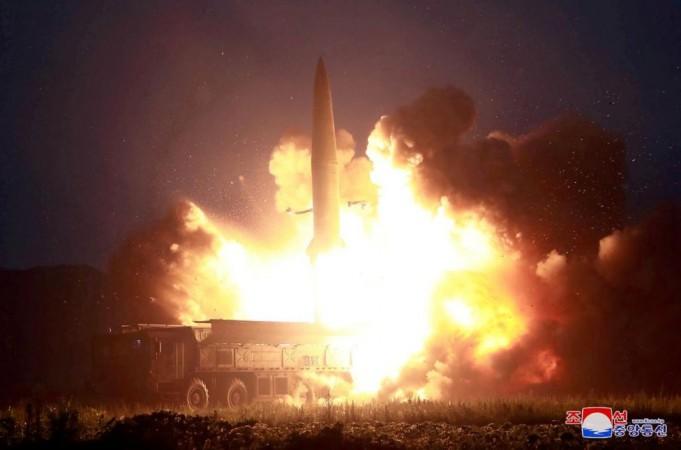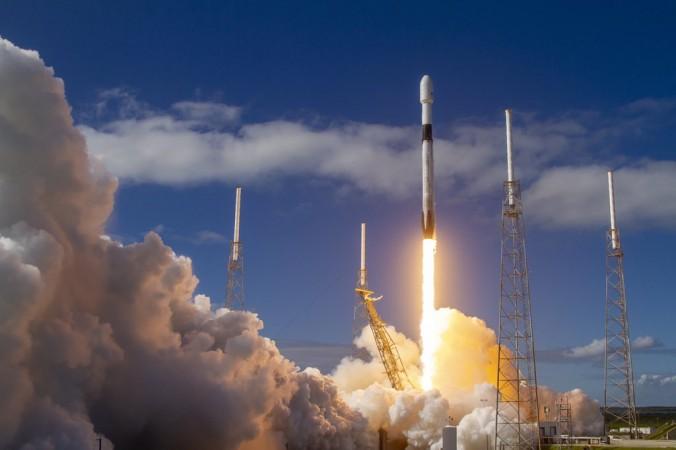
A new study conducted by a team of Indian researchers led by Dr K M Sreejith of the Space Applications Centre, Indian Space Research Organisation (ISRO) has found that the latest nuclear weapon developed by North Korea is 17 times more powerful than the bombs that exploded in Hiroshima during the World War II.
During the study, researchers used satellite data to augment measurements of nuclear tests on the ground, and found that the test had shifted the ground by a few meters. It should be noted that conventional detection of nuclear tests relies on seismic measurements using the network deployed to monitor the impact of earthquakes. However, in the North Korean testing site, no seismic data is available, and it indicates the mysteries that shroud Pyongyang's activities.
In order to solve this problem, Sreejith and his team relied on data provided by the ALOS-2 satellite. Using an advanced technique named Synthetic Aperture Radar Interferometry (InSAR), researchers accurately measured the changes on the ground's surface before and after the test and found that the explosion in 2017 was so powerful, and it unleashed the energy of 275 kilotonnes,17 times more than the 1945 Hiroshima bombing.

'Satellite-based radars are very powerful'
"Satellite-based radars are very powerful tools to gauge changes in the Earth's surface and allow us to estimate the location and yield of underground nuclear tests. In conventional seismology, by contrast, the estimations are indirect and depend on the availability of seismic monitoring stations," said Sreejith, Science Daily reports.
As per the research report published in the Geophysical Journal International, the explosion was so powerful and it was capable enough to shift the surface of the mountain above the detonation point by a few meters. The data obtained by scientists also suggested that the explosion took place approximately 540 meters below the summit, about 2.5 kilometres north of the entrance of the test chamber tunnel.

















